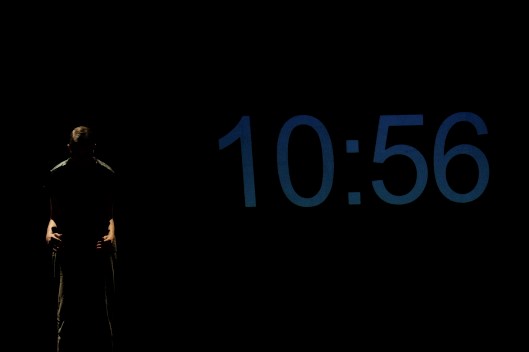
The idea of time in common use is considered in two ways: in its flow, thinking about the progress of the life of living beings – something that could be called natural; in its being codified, thinking of the scanning of it present in life – something that could be called conventional.
The conscious distinction of these two large macro-areas allows us to reflect on the concept of duration. It seems to have a starting point and an ending point in an imaginary time line. By focusing attention on the extreme variability of the duration of the “things of the living being” and deepening the subject, we can go beyond the duration that refers to man, having the opportunity to compare human rhythms to those of animals or plants. Thanks to information listened distractedly on the radio, I know that there is a bacterial organism that lives for only thirty seconds. The midge called no-see-um, present in the United States of America, beats its wings up to a thousand times a second. For comparison, the fly has a wing beat rate of about two hundred beats per second. The adult phase of life of the ephemeral, a small aquatic insect that resembles a dragonfly, is only an hour and a half. Before being an adult, however, it lives a year in the state of larvae. At the other end of the spectrum is the Arctic mussel, a mollusc that lives in polar waters and can live two hundred and twenty years old.
Associating the ways of understanding time, natural and conventional, to the idea of duration, it is interesting to think about the quality of time that each of us has.
CREDITS
- concept and dance : Giovanna Rovedo
- sound: AnzwArt
- supported by: La Scatola dell’Arte – Roma, The Space: Bkollectiv/ Abel Navarro – Berlino, La stalla – Fanna (Pn), Ortoteatro – Cordenons (Pn)
- project selected for Focus – Form Art 2016/2017
- production: Compagnia Atacama
- premier TBM DANZA 2019